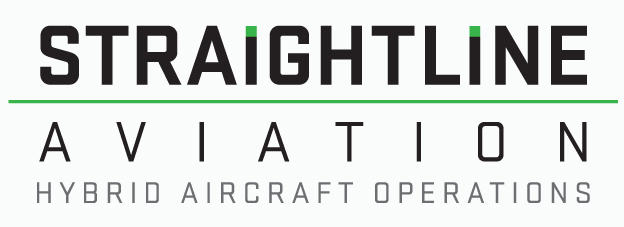Connecting the world: How Straightline Aviation’s hybrid airships will transform remote connectivity
Across the world, from the dense rainforest of the Amazon to the frozen landscapes of Northern Canada and Alaska, millions of people live without access to basic infrastructure. In fact, half the global population resides in areas without roads, airports, railways or seaports — severely limiting their access to essential services, economic opportunities and medical care.
Building traditional infrastructure to reach these communities would be astronomically expensive and devastating to the environment. Imagine running yet more damaging highways through the Amazon rainforest — it’s unthinkable.
But without reliable transport, these communities face major challenges:
· Medical emergencies become fatal due to the lack of nearby hospitals.
· Industries like mining and energy suffer costly downtime when equipment fails.
· Education and commerce remain out of reach for millions.
So how do we solve this problem?
Airships have often been touted as an ideal solution. They can carry large, heavy loads over long distances in a cost-efficient, fuel-efficient manner. But traditional airships have always suffered from an Achilles’ heel – they have needed large ground crews and infrastructure such as mooring masts to keep them stable during loading and offloading – difficult and time consuming even for the smallest of airships.
When a traditional airship is on the ground being loaded or unloaded, it is usually at or near ‘neutral buoyancy’, where the lifting power of the helium inside it is equal to the weight of the airship and its contents. This means a traditional airship is susceptible to gusty winds and would need a sizeable crew and infrastructure such as a mooring mast to keep it on the ground – facilities that simply do not exist in remote regions.
Equally, changes in wind direction would mean loading and unloading operations would have to cease while the airship ‘weathervaned’ to the new wind direction, adding time, cost and risk to the airship’s mission.
These ground handling problems faced by traditional airships have not been solved – until now. Lockheed Martin set out to reinvent the airship for modern logistics, designing an advanced hybrid airship specifically to serve remote communities without the need for ground infrastructure.
The breakthrough innovation? The Air Cushion Landing System (ACLS) developed by the team at Lockheed Martin.
· Stable take off and landings on any surface – The ACLS works like a hovercraft, even on rough terrain, snow or water.
· No mooring masts or large ground crews required – The hybrid airship holds itself in place, with the ACLS gripping the ground firmly, during cargo transfer, even in high winds.
· Increased mobility – The ACLS allows the hybrid airship to move on the ground without assistance.
This eliminates the Achilles’ heel of traditional airships, making our hybrid airships the first practical airborne solution for remote logistics.
This patented technology was tested in flight by Lockheed Martin in their P-791 prototype and has evolved into the Z1 design, being manufactured by California-based AT2 Aerospace. This next-generation airship is uniquely designed to deliver cargo, humanitarian aid and vital services to the world's most inaccessible places — sustainably and efficiently.
Straightline Aviation will be the lead operator of these revolutionary aircraft, applying our decades of lighter-than-air expertise to the task of transforming global logistics.
Get in touch to discuss how our hybrid airships can work for you: info@straightlineaviation.com.

